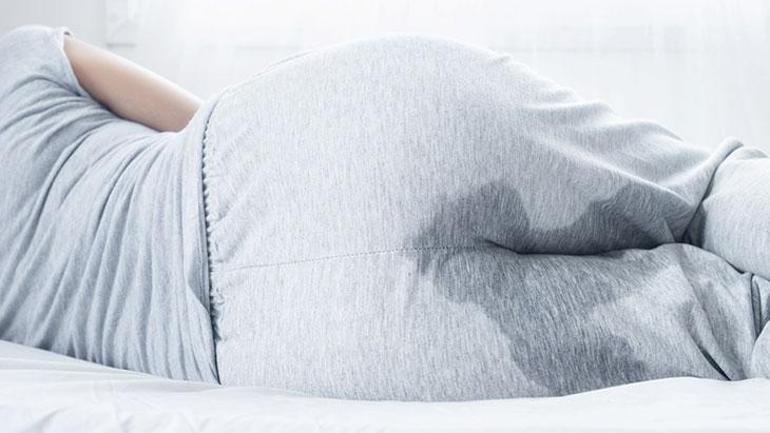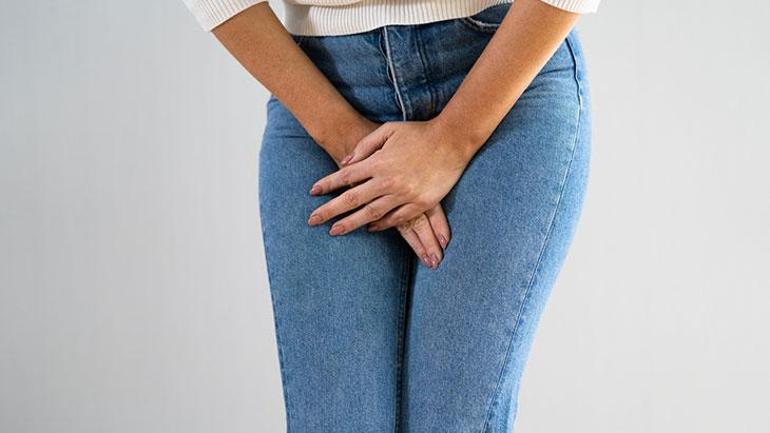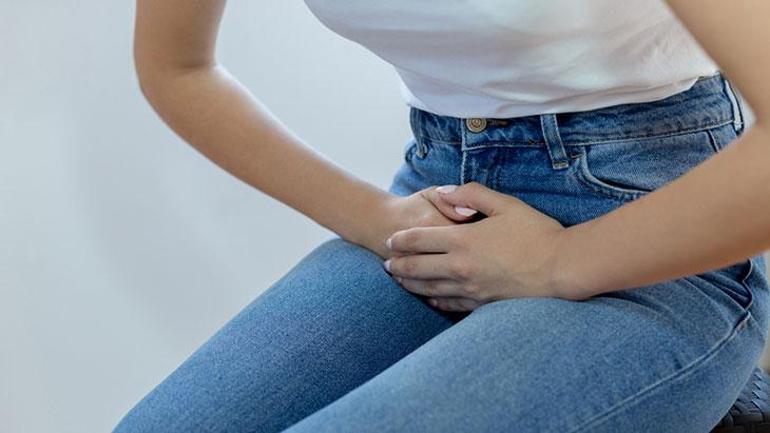Silent but widespread: A problem for 1 in 4 women! This embarrassing disease confines them to their homes.

Phobia develops
Obstetrics and Gynecology Specialist Assoc. Prof. Dr. Çetin Kılıççı states that this problem, which negatively impacts women both physically and psychologically, affects one in four women in our country. He says, " Due to the fear of urinary incontinence in inappropriate environments, women isolate themselves from social life. They shy away from going out in public and develop a phobia. When they need to go to public spaces or shopping malls, they first locate the restroom and want to be near it." Assoc. Prof. Dr. Kılıççı explains that because this problem is often seen as shameful and not shared with anyone, even doctors, the opportunity for early treatment is missed. He emphasizes that, when diagnosed early, treatment is very easy.
It increases with age 40s
“I don’t even want to go to my neighbor”, “I’m afraid to go out”, “I can’t get to the toilet in time”… These and similar complaints point to the problem of urinary incontinence, which is very common among women in our country, reduces their quality of life, but is often unspoken. Obstetrics and Gynecology Specialist Assoc. Prof. Dr. Çetin Kılıççı states that many women think they are the only ones experiencing this problem, whereas urinary incontinence is a very common problem in our country, saying, “It is both common and often overlooked. Therefore, it is important to recognize urinary incontinence, treat it or refer it to the relevant branch. A study conducted in our country indicates that it is seen in 25-45 percent of women.” Stating that the frequency of urinary incontinence increases in women from the age of 40s onwards, Assoc. Prof. Dr. Kılıççı continues: "However, it can also be seen in obese patients, those with connective tissue diseases and weak bladders, those who have had difficult or interventional deliveries, and those experiencing chronic constipation, starting in their 30s. The incidence increases, particularly in patients who give birth vaginally, as the connective tissue weakens over time, leading to menopause."

Varies depending on stress and age
Assoc. Prof. Dr. stated that patients with urinary incontinence problems come to them with two types of complaints: stress-related or age-related. Çetin Kılıççı says, "Some patients experience uncontrollable urine leakage with every straining, sudden cough, sneezing, heavy lifting, exercise, sudden movement, or when prostrating or rising from a prostrate position. We call this type of urinary incontinence 'stress-type' urinary incontinence. Treatment for this condition yields very satisfactory results. The second most common complaint is the one that increases in frequency with age. This type of urinary incontinence is characterized by a severe, sudden, and urgent need to urinate, followed by severe urinary incontinence. Because it's often impossible to reach the toilet in time, patients leak urine while running to the toilet or trying to locate it. These two types can occur in the same patient. Due to the fear of incontinence in inappropriate situations, women often withdraw from social life. They shy away from public spaces and develop phobias. When they need to go to public places or shopping malls, they first locate the toilet and want to be close to it."
Many patients think it is a natural result of aging!
Just as there are many women in society who withdraw into themselves, thinking "it's just me," Associate Professor Dr. Çetin Kılıççı explains that many women see it as a natural consequence of aging: "Unfortunately, because urinary incontinence is seen as a childish problem among women in our country, they hesitate to talk about it for fear of being shamed. However, this condition is something we experience later in life, just like diabetes or high blood pressure, and it can be treated."

To avoid this problem!
To avoid urinary incontinence and bladder prolapse later in life, it's important to maintain a healthy weight, as obesity is a significant risk factor. Furthermore, Assoc. Prof. Dr. Kılıççı emphasizes that those with symptoms such as chronic constipation and chronic cough, which increase intra-abdominal pressure, should definitely seek treatment. He also emphasizes the importance of pelvic floor exercises and regular exercise to keep pelvic muscles strong.
Current methods in treatment
While treatment for the condition varies from person to person, some patients are treated simultaneously with pelvic floor exercises and medication. If these don't help, success can be achieved with advanced treatments like bladder botox. Obstetrics and Gynecology Specialist Assoc. Prof. Dr. Çetin Kılıççı emphasizes that treating urinary incontinence has become easier today thanks to technological advancements and the proliferation of treatment options. He says, "For this purpose, lifestyle changes (weight loss, reducing the consumption of caffeinated liquids like coffee and tea) and pelvic floor muscle exercises constitute the first line of treatment. If the disease is advanced, depending on the type of urinary incontinence, medical medication treatments constitute the second line of treatment. In patient groups where these methods fail, very satisfactory results can be achieved with surgery."

Smaller incision and much faster recovery with the laparoscopic method
Assoc. Prof. Dr. Kılıççı explains that laparoscopic, or closed, surgery is performed for the second type of urinary incontinence caused by coughing and sneezing. "With the laparoscopic method, we perform surgery through small incisions in the abdomen or vaginally, supporting the bladder base," he says. "These surgeries are performed using specially manufactured mesh and hooks, and the procedure takes about 30 minutes. Urinary incontinence is no longer a fate for women today. Treatment, especially when diagnosed early, is very easy and has a high success rate."
milliyet





